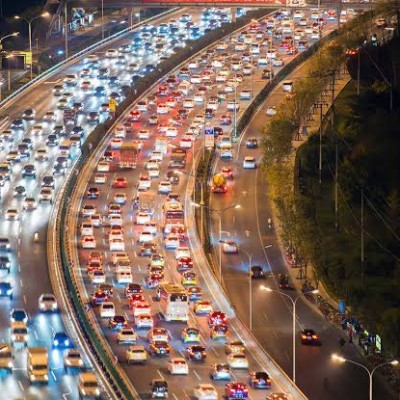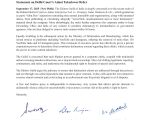Brij Khandelwal
Lucknow: In historic cities like Agra and Varanasi, the encroachment of public roads by eateries, shop extensions, advertising displays, landscaping, fencing, and garages has become a pressing issue that is impacting urban mobility, safety, and overall quality of life for residents. Despite their cultural significance and historical value, these cities are grappling with the challenges posed by urban encroachments that lead to congestion, traffic jams, and poor air quality. The authorities in these cities are facing a daunting task of balancing the preservation of heritage with the need for efficient urban planning to address these issues.
The encroachments on public roads not only hinder pedestrian mobility but also pose a significant threat to the safety of commuters. Narrowed roads, blocked sidewalks, and chaotic intersections resulting from these encroachments create hazardous conditions for both pedestrians and motorists. In cities like Agra and Varanasi, where the streets are already congested with a mix of vehicles, pedestrians, and vendors, encroachments only exacerbate the existing challenges faced by city administrations in managing urban traffic and ensuring public safety.
The over-reliance on road infrastructure as the primary mode of transport needs to be reassessed in these cities. Citizen-centric mobility solutions that emphasize multimodal transportation and aim to reduce private vehicle usage are crucial to alleviating the negative impacts of urban encroachments on public roads. By promoting walking, cycling, and the use of public transport, cities can create a more sustainable and efficient urban transportation system that prioritizes the needs of residents over vehicular traffic.
Smart utilization of mobility data is essential in developing effective strategies to address urban encroachments and improve mobility in cities like Agra and Varanasi. By analyzing data on traffic patterns, pedestrian flows, and parking demand, city administrations can make informed decisions about infrastructure development and urban planning. This data-driven approach can help identify areas prone to congestion, prioritize public transportation routes, and design pedestrian-friendly spaces that enhance urban mobility and safety.
Haphazard parking practices and unscientific planning of roads further complicate the efficient movement of people and vehicles in these cities. The lack of designated parking areas, coupled with indiscriminate parking by motorists, contributes to traffic congestion and obstructs the smooth flow of traffic. City authorities need to implement comprehensive parking policies that ensure adequate parking spaces are available and discourage illegal parking on public roads.
To address the challenges posed by urban encroachments and promote efficient mobility, cities must determine the optimal number of vehicles based on population dynamics and the available infrastructure. By calculating the demand for transportation services, taking into account factors such as population density, land use patterns, and public transport accessibility, cities can establish sustainable mobility goals that align with their urban development strategies.
In conclusion, the encroachment of public roads by eateries, shop extensions, advertising displays, and other structures poses a significant threat to urban mobility, safety, and air quality in cities like Agra and Varanasi. City administrations must prioritize citizen-centric mobility solutions that reduce reliance on private vehicles, promote multimodal transportation, and leverage smart mobility data to improve urban planning and infrastructure development. By addressing the challenges of urban encroachments and adopting sustainable transportation strategies, these cities can create safer, more livable urban environments for their residents.





